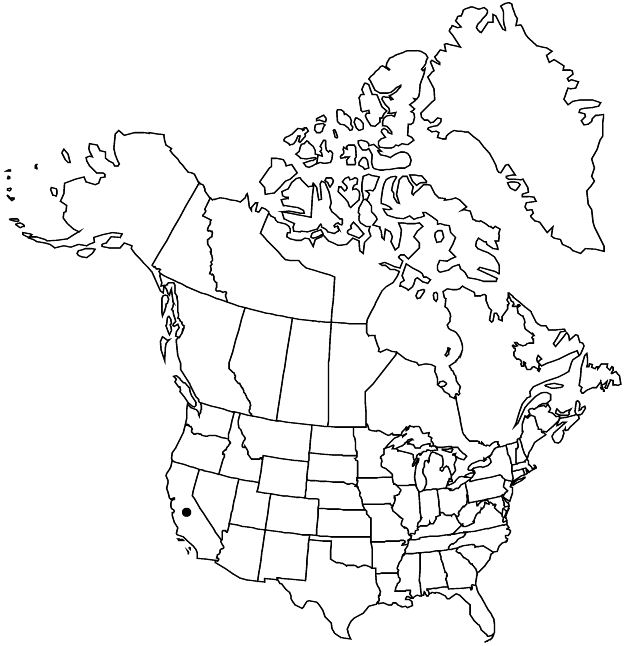Difference between revisions of "Arceuthobium campylopodum subsp. littorum"
Wiens & Nickrent) Nickrent, Phytoneuron 2012-51: 10. 2012.
Common names: Coastal dwarf mistletoe
Endemic
Basionym: Arceuthobium littorum Hawksworth Wiens & Nickrent, Novon 2: 206. 1992
FNA>Volume Importer |
imported>Volume Importer |
||
| Line 58: | Line 58: | ||
|publication year=2012 | |publication year=2012 | ||
|special status=Endemic | |special status=Endemic | ||
| − | |source xml=https:// | + | |source xml=https://bibilujan@bitbucket.org/aafc-mbb/fna-data-curation.git/src/bb6b7e3a7de7d3b7888a1ad48c7fd8f5c722d8d6/coarse_grained_fna_xml/V12/V12_378.xml |
|genus=Arceuthobium | |genus=Arceuthobium | ||
|species=Arceuthobium campylopodum | |species=Arceuthobium campylopodum | ||
Revision as of 20:09, 27 May 2020
Plants usually forming witches' brooms. Stems olive green, or brown, 8–12(–20) cm; third internode 10–15(–20) × 2–3.5(–5) mm, dominant shoot 2–5 mm diam. at base. Staminate flowers 3 mm diam.; petals 4. Fruits 4–5 × 3 mm.
Phenology: Flowering Aug–Sep; fruiting Sep–Oct.
Habitat: Closed-cone pine forests.
Elevation: 0–300 m.
Discussion
Meiosis occurs in July, with fruits maturing 14 months after pollination.
Subspecies littorum parasitizes Pinus muricata and P. radiata, and occasionally P. contorta in Alameda, Mendocino, and Monterey counties. It has the largest shoots among the 13 subspecies of A. campylopdum.
Selected References
None.
Lower Taxa
None.
